A Complete Guide on Amazon Retail Arbitrage
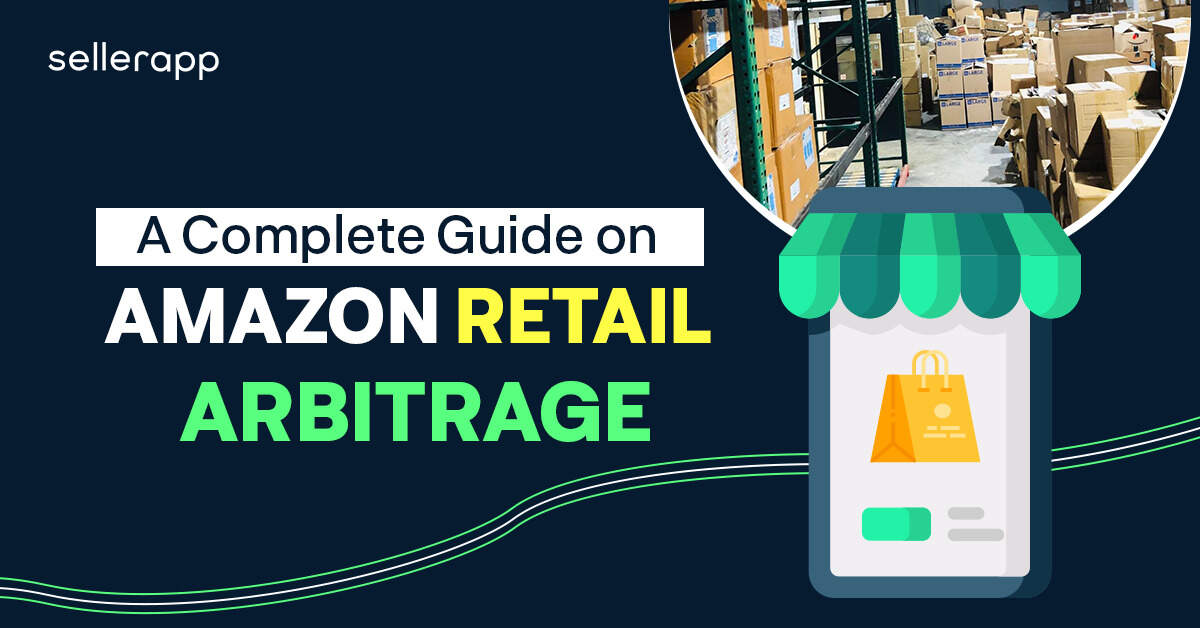
Do you want to turn your shopping skills into a money-making machine?
Imagine this, you stumble upon a popular toy in a local store. It’s on sale for $20, but instead of making an impulse purchase, you decided to do some research. With a quick search on Amazon, you find that the same toy is being sold online for $40. Recognizing the opportunity, you seize the moment.
You purchase several units of the toy from the store at a discounted price and list them for sale on Amazon at a higher price. When customers buy the toy from your Amazon listing, you earn a profit of $20 per unit (minus any fees or expenses). You’ve successfully engaged in retail arbitrage, taking advantage of the price difference to make money.
It’s like hitting the jackpot!
By leveraging these price discrepancies, you can build a thriving business model that involves buying low and selling high.
In this guide, we’ll delve into the ins and outs of Amazon retail arbitrage, helping you navigate this exciting opportunity.
Here’s a quick peek into the article
- What is retail arbitrage, anyway?
- Why should you use retail arbitrage?
- How to get started with retail arbitrage on Amazon?
- Types of products you can sell on Amazon
- Pros and cons of retail arbitrage
- Other business models on Amazon that you should know about
- 3 essential tips for choosing the perfect products to sell on Amazon
- Summing it up!
What is retail arbitrage, anyway?
Retail arbitrage is a simple business model where individuals buy products from retail stores at a lower price and resell them on other platforms like Walmart or Amazon for a profit. It involves taking advantage of price differences between different markets to make money.
Let me elaborate on the previous example to help you understand better.
With confidence in your research, you proceed to purchase several units of the toy from the store at a discounted price. Armed with your inventory, you list the items for sale on Amazon, strategically pricing them at a higher amount.
As customers browse through Amazon, they come across your listing and are enticed by the competitive price you’ve set. They decide to purchase the toy from your page, and with each sale, you earn a profit of $20 per unit (after deducting any fees or expenses). By capitalizing on the price discrepancy, you have successfully engaged in retail arbitrage, turning your shopping skills into a lucrative money-making machine.
Essentially, you are buying low from one market (the local store) and selling high in another market (Amazon), taking advantage of the variation in prices to generate a profit.
Retail arbitrage allows individuals to tap into their keen eye for undervalued products and leverage online platforms like Amazon to reach a broader customer base and maximize their earnings. It’s a dynamic and ever-evolving strategy that requires careful product research, effective sourcing, and skillful pricing to succeed. We’ll discuss more about these points in a bit.
Is retail arbitrage legal?
This is a burning question for most newbies who want to get started with retail arbitrage.
Well, the good news is that it’s perfectly legal.
Thanks to the first-sale doctrine, which is a legal principle, once you buy a product legitimately, you have the right to resell it without any issues, as long as it remains in its original condition. So, if you purchase a product and decide to sell it as new, it must be in brand-new condition. This means you can confidently explore the world of retail arbitrage knowing that you are operating within the bounds of the law.
Why should you use Retail Arbitrage?
Let me break this question down for you with the top four reasons why you should get started with this business model:
- Minimal Capital Needed
One of the greatest perks of retail arbitrage is that you can start your Amazon business with relatively low capital compared to other e-commerce models. You don’t need a huge investment upfront. You can begin with just enough funds to purchase the products you want to resell. As your business grows, you can reinvest the profits to expand your inventory and scale up. It’s a low-risk way to dip your toes into the entrepreneurial waters and see if you can turn a profit.
- Flexible Work Hours
Retail arbitrage offers the freedom to work on your terms. Just like other e-commerce business models, you have the luxury of setting your schedule and running your business at your convenience. Whether you want to build it into a full-time venture or keep it as a side hustle for some extra cash, the choice is yours.
- Easy to Get Started
Starting your Amazon arbitrage journey is a breeze. You can begin with a small selection of products and gradually expand your business as your sales increase. Once you become familiar with the industry, top products, stores, and the art of calculating prices and profit margins, the process becomes straightforward. The beauty of retail arbitrage is that you don’t have to worry about product development. Instead, your focus is on honing your pricing strategies and sourcing tactics.
- Low-Risk
While every business carries some level of risk, retail arbitrage has proven to have great earning potential. The initial investment and potential losses are relatively low, especially when you start with a limited number of products. As you gain experience and refine your reselling strategy, you can make significant profits by selling certain in-demand products. The key is to identify the best places to source products and leverage that advantage to drive your business forward.
How to get started with retail arbitrage on Amazon
As you have understood the basics of retail arbitrage, here’s a step-by-step guide on how to get started
- Open your Amazon seller account
Begin by opening your own Amazon Seller account.
You have two options to choose from: an individual seller account or a professional account.
The individual account is free, but you’ll need to pay $0.99 for each sale and have a maximum limit of 40 products. The professional account costs $39.99 monthly but allows you to list more than 40 products without the per-sale fee. It also gives you access to the convenient Fulfillment by Amazon (FBA) feature, where Amazon takes care of storage and shipping for a fee.
- Look for products to sell
Finding the right products for retail arbitrage requires time and patience.
Look for inexpensive products that can be sold for a profit, even in the face of competition from large chains. Clearance sales and product reviews on Amazon can help identify potentially profitable items. Use the Amazon Seller smartphone app to compare prices, scan barcodes, and view real-time product listings. Remember to consider Amazon’s fees and shipping charges when calculating potential profits.
- List your products and start selling
Once you’ve sourced your products, it’s time to list them on your Amazon account and start selling. Optimize your product listings by using relevant keywords, providing complete product information, and including high-quality product images.
To gain a deeper understanding of the performance of your product listings and improve them further, you can rely on SellerApp’s Listing Quality tool. This powerful tool offers actionable insights based on proven Amazon listing practices. It provides detailed recommendations to enhance each metric according to the A9 algorithm standards, helping you create effective product listings that drive more visibility, clicks, and sales.
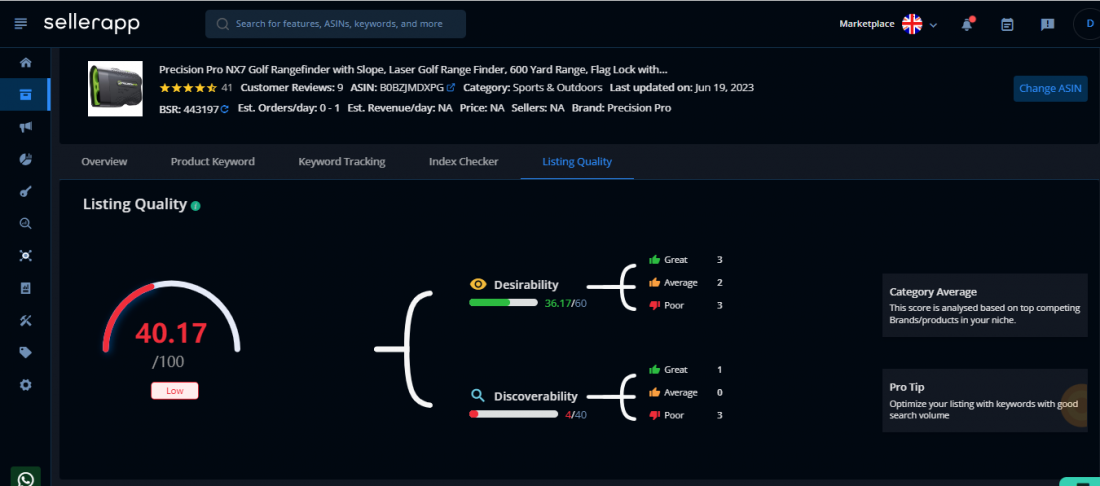
Moreover, you can also check the number of sellers who are competing for the Buy Box, which helps you understand the competition. You can sign up and try our listing quality tool for free and see insights yourself.
- Choose fulfillment option
Choosing the FBA (Fulfilled by Amazon) option for your retail arbitrage business can provide significant advantages. When you opt for FBA, you send your purchased products to Amazon’s fulfillment centers, where they handle storage, packing, shipping, and customer service on your behalf. This enables your products to be eligible for Amazon Prime benefits, offering faster shipping and enhanced visibility on the platform. Prime-eligible products often receive preferential treatment in search results and can attract more potential customers.
Additionally, to stay competitive in the market, you can utilize price-matching strategies. By monitoring the prices of your competitors and adjusting your pricing accordingly, you can ensure that your products remain attractive to potential buyers. Price-matching can help you maintain a competitive edge and increase the likelihood of winning the Buy Box, where customers can directly add items to their carts from your product listing.
- Assess Profit Margins
To determine your actual profit from retail arbitrage, it’s crucial to calculate the net profit after deducting Amazon’s fees and other costs. Amazon charges various fees, such as referral fees, fulfillment fees, and storage fees, which are associated with selling on their platform. It’s important to consider these fees when setting your selling price to ensure a healthy profit margin. By accurately calculating your expenses and deducting them from your selling price, you can determine your actual profit and make informed business decisions.
Remember to regularly reassess and analyze your profitability to adjust your sourcing and pricing strategies accordingly. This will help you optimize your business and maximize your profits in the dynamic and competitive world of retail arbitrage on Amazon.
- Monitor reviews and manage your platform
Customer reviews play a crucial role in your success as a seller. Strive to offer exceptional service to receive positive reviews. Keep an eye on your competitors’ reviews to gauge their performance and make necessary adjustments to your selling strategy.
By following these steps, you’ll be well on your way to starting your retail arbitrage journey on Amazon. Remember to stay informed, adapt to market trends, and continually optimize your listings to maximize your chances of success.
Types of products you can resell on Amazon
Among the various categories on Amazon, these are the top 10 favorites among arbitrage sellers:
- Home & Kitchen: 25% of retail arbitrage sellers
- Cell Phone & Accessories: 18% of retail arbitrage sellers
- Electronics: 18% of retail arbitrage sellers
- Arts, Crafts & Sewing: 16% of retail arbitrage sellers
- Grocery & Gourmet Food: 16% of retail arbitrage sellers
- Toys & Games: 14% of retail arbitrage sellers
- Appliances: 12% of retail arbitrage sellers
- Beauty & Personal Care: 11% of retail arbitrage sellers
- Books: 11% of retail arbitrage sellers
- Sports & Outdoors: 9% of retail arbitrage sellers
These categories provide a glimpse into the preferences of arbitrage sellers on Amazon and highlight the diverse range of products that can be sourced for resale.
Additional read: What are the most popular products to sell on Amazon
Pros and cons of retail arbitrage
When considering whether to pursue retail arbitrage as a selling method on Amazon, it’s essential to weigh the pros and cons.
Let’s take a look at the benefits of engaging in retail arbitrage:
- Affordable entry point
One of the major advantages of retail arbitrage on Amazon is that it offers an inexpensive way to become a seller on the platform. Unlike other business models, you don’t need a large amount of capital to get started. Around 49% of Amazon retail arbitrage sellers start with just $1000 or less, and some even begin with as little as $500. This lower barrier to entry makes it accessible for aspiring entrepreneurs who may have limited funds to invest initially.
- Quick profit potential
Retail arbitrage allows you to generate short-term earnings without the need to build your brand. Once you acquire a product and determine its pricing, you can swiftly list it on the Amazon platform and start selling. This immediacy gives you the advantage of making sales faster, resulting in quicker profits. It’s a great way to turn your inventory into cash without the time-consuming process of creating and marketing your products.
While retail arbitrage can be profitable, it’s crucial to be aware of the potential challenges and uncertainties that come with it. Let’s explore the cons associated with retail arbitrage
- Low-profit margins
Many retail arbitrage sellers report earning modest profits. A significant percentage of sellers (62%) make approximately $5,000 per month, while a quarter of them earn less than $500 monthly. It’s worth noting that profit margins can be impacted by factors such as competition, pricing strategies, and market saturation. Achieving higher profits may require extensive research and careful product selection.
- Risk of brand regulations
Selling on Amazon entails adhering to brand regulations. With millions of brands on the platform, the unauthorized selling of restricted products can be risky. Amazon’s Brand Registry Protection provides security and control to brands over their product listings. If you are not authorized to sell certain products, the platform may flag them, preventing you from listing or selling those items. Compliance with brand regulations is crucial to avoid potential penalties or account suspension.
Other business models on Amazon that you should know about
Various business models thrive on Amazon, each with its unique characteristics and potential for success. Here are some popular ones:
Dropshipping: In this model, sellers don’t keep inventory. Instead, they forward customer orders to suppliers who handle packaging, shipping, and after-sale services. The sellers earn a commission on each order, making it a convenient and hassle-free approach.
Private Labeling: With private labeling, sellers recreate existing products by slightly modifying or even completely changing them. This allows them to sell proven products under their brand name and set their desired pricing. While it can be highly profitable, private labeling typically requires significant capital investment.
Wholesale: Wholesale involves purchasing products in large quantities directly from brands or distributors to resell on Amazon. This business model requires initial capital investment but offers sustainability by allowing you to replenish your inventory regularly. By being an authorized reseller, you can avoid concerns related to the authenticity of your products. Wholesale sourcing doesn’t involve purchasing from retail stores and provides the opportunity to establish a long-term, legitimate business on Amazon.
Handmade Products: Creating handmade products and selling them on Amazon and other e-commerce platforms has seen a significant rise in popularity. The number of active handmade product producers on Amazon has surged by almost 750% over the past five years. This model allows sellers to showcase their craftsmanship and cater to customers seeking unique, artisanal goods.
Each of these business models presents distinct opportunities and challenges. It’s crucial for aspiring Amazon sellers to carefully consider their preferences, available resources, and risk tolerance when choosing the most suitable model for their entrepreneurial journey.
You can read more about dropshipping, private labeling, wholesale, and Amazon Handmade.
3 essential tips for choosing the perfect products to sell on Amazon
When it comes to choosing the perfect products to sell on Amazon, careful consideration and research are key. Here are three essential tips to help you make informed decisions and increase your chances of success:
- Tap into Amazon’s Power
Utilize Amazon’s scanner apps to your advantage. These handy tools provide comprehensive product details such as pricing, FBA fees, shipping costs, weight considerations, and sales performance. This information empowers you to make informed sourcing decisions, optimize pricing strategies, and ultimately increase your chances of success on Amazon.
- Price Comparison Matters
Don’t forget to compare the prices of products on Amazon. The goal is to find items that are available at a lower cost in physical stores compared to their prices on Amazon. Keep an eye on your competitors as well, studying their pricing strategies, customer reviews, and marketing approaches.
- Mind the Restrictions
It’s crucial to be aware of any restrictions associated with certain products. Some items may be prohibited from sale on Amazon or have limitations imposed by the manufacturer. Use the Amazon app to quickly check if any restrictions apply before making your purchasing decisions.
For detailed product research strategies, check out this link.
Summing it up!
Amazon retail arbitrage offers an exciting opportunity for entrepreneurs to turn their shopping skills into a profitable business venture. By leveraging price discrepancies and taking advantage of the vast marketplace provided by Amazon, sellers can source products at lower prices and resell them at higher prices, earning a healthy profit in the process.
With dedication, research, and a keen eye for profitable opportunities, entrepreneurs can harness the power of the world’s largest online marketplace and embark on a rewarding retail arbitrage journey on Amazon.
Additional read: Launch an Amazon Wholesale Business in 2024: The Complete Guide


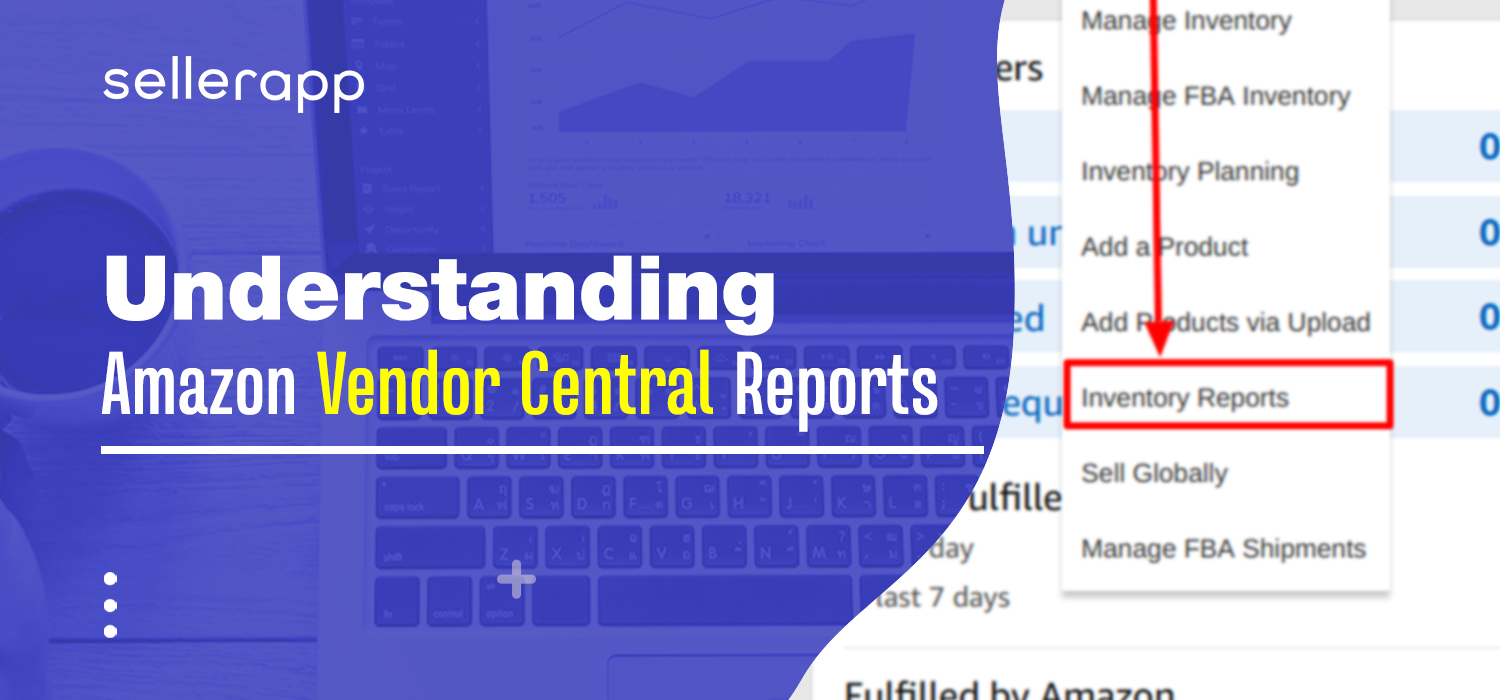

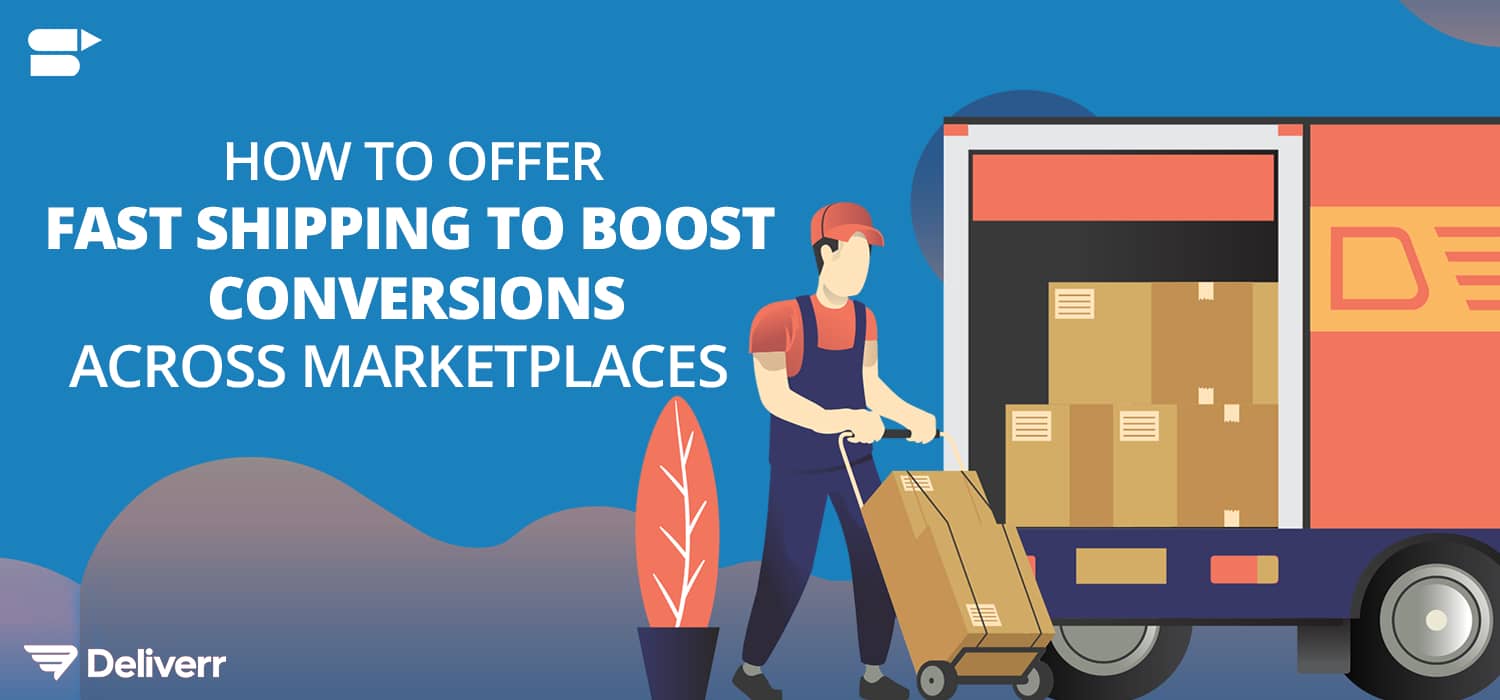

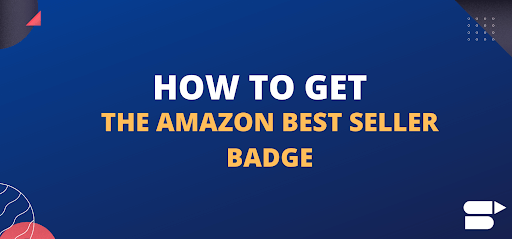

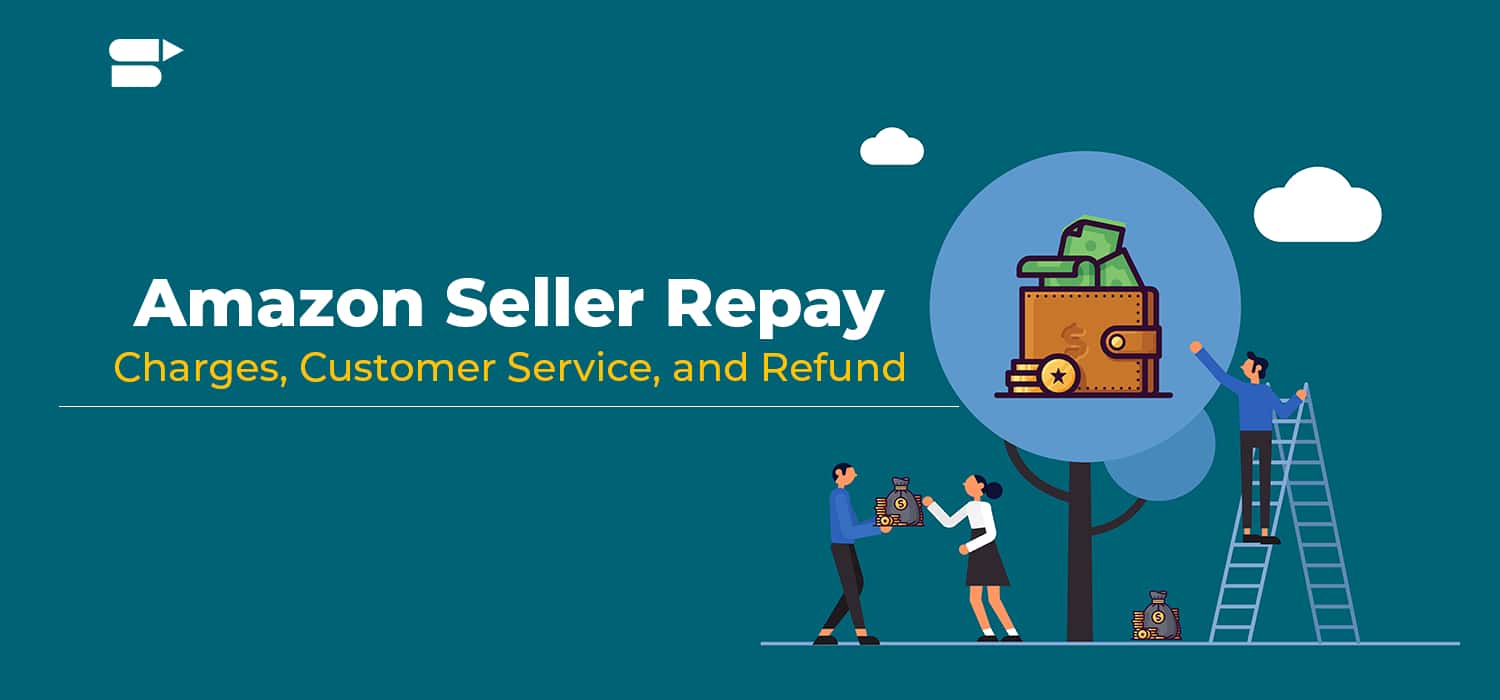


Benjamin
December 2, 2018thank you for clarifying my question
Cherie
March 25, 2019This is verу interesting, You are a very skilled
Vilante
May 26, 2019Well I really liked reading it. Thank you SellerApp
zortilo nrel
May 24, 2021Thank you for the excellent post.
Really helpful.
Arishekar N
August 2, 2021Glad to know.
Thank you for your feedback.
Smitha
February 5, 2022Very great article I enjoyed it.
Thank you for sharing.
David
March 26, 2022Really helpful article.
Bronwyn Dancey
November 14, 2022Great article! I’ve been dabbling in retail arbitrage for a while now, and your insights are very helpful.
Arishekar N
January 17, 2023Thank you
Janice Kuester
December 31, 2022This is some valuable information for anyone new to retail arbitrage. Your tips on finding profitable products are definitely going to come in handy. Thanks for the post!
Arishekar N
January 17, 2023Glad to know.